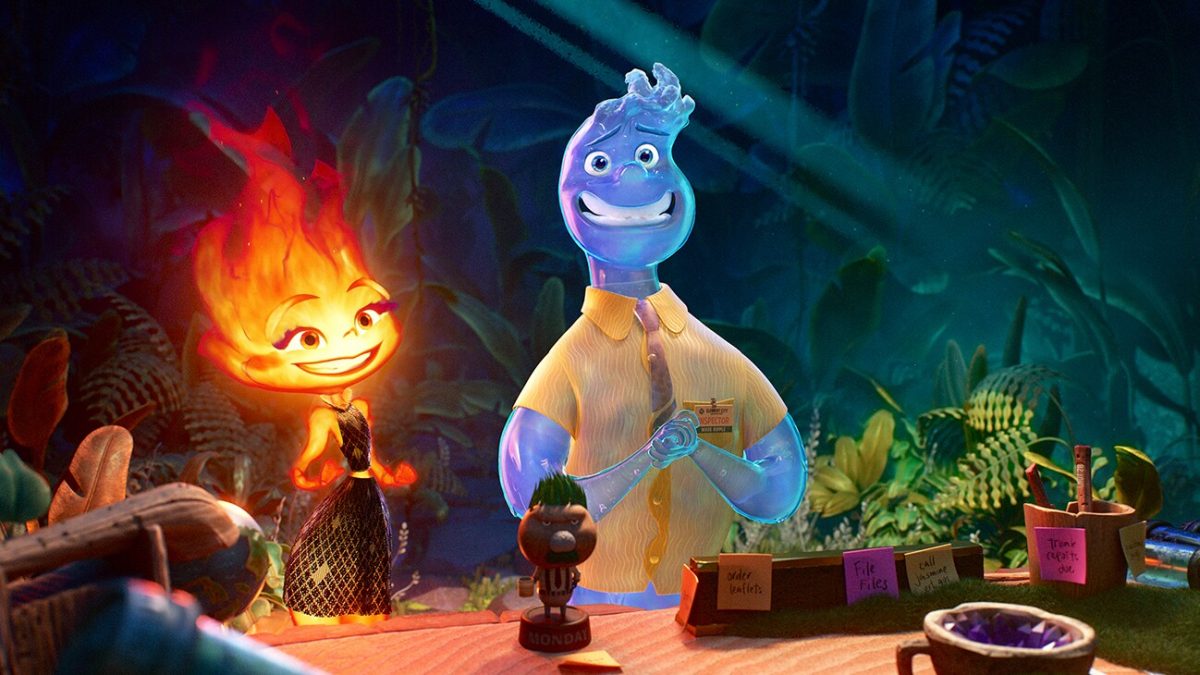If you see two animals with similar body plans — like say, a human and an ape — the theory of evolution suggests they both descended from a common ancestor which died out long ago. Unless, that is, they’re crabs. At least five separate lineages of sea life have adopted the basic crab form independently of each other. Apparently, if you live on the bottom of the ocean, a big, flat shell with multiple legs and pincers is the best design strategy. There’s even a name for this type of convergent evolution: carcinization.
Just as Darwinian evolution tends toward crabs, big-budget Hollywood films tend toward Batman. There’s even a name for this type of convergent evolution: Batmanization.
Take, for example, the most recent movie about Batman, The Flash. Now, you might be thinking, “Hey, The Flash is not about Batman. It’s about The Flash.” But that’s just you showing your superhero ignorance. I, an enlightened comic-book-movie-watching guy, understand that all films must be about Batman because the story of Batman is the perfect form toward which all films have been evolving since Tim Burton’s 1989 Batman.
The Flash represents the ultimate stage of Batmanization: Michael Keaton plays Batman again. I realize I may come across as a tad cynical when I write about Batman movies, but I am not made of stone. Michael Keaton stepping away from the role of Batman after Batman Returns was such a titanic psychosocial event that when Michael Keaton made a movie about it, Birdman, it won Best Picture. Take that, Wes Anderson!
In The Flash, it is revealed that Barry Allen (Ezra Miller) became The Flash because he lost his parents at a young age. Then, at a slightly older age, he was struck by lightning while being doused with chemicals, granting him the power of super-speed, which enables him to do things like save an entire neonatal ward full of babies while also microwaving a burrito.
Like Batman, he’s tortured by losing his parents. So when he accidentally discovers he can travel backwards in time by running faster than the speed of light, his first instinct is to go back to keep his mother from being killed by an unknown criminal, and his father from being convicted for the crime. Despite dire warnings against tampering with the timeline from his universe’s Batman (Ben Affleck), Barry does it anyway. But when he tries to return to his present, he is thwarted by a mysterious figure and ends up in a parallel timeline where his parents are still alive, but where young Barry Allen (also Ezra Miller) hasn’t become Flash yet. Also, there’s no Superman, so when General Zod (Michael Shannon) shows up like he did in Man of Steel, there’s no one to stop him. Flash discovers that a Batman (Michael Keaton) used to exist in this timeline, but he’s retired because he solved all the crime. Together, they try to track down Clark Kent, only to discover that Supergirl (Sasha Calle) made it to Earth instead. Can Old Awesome Batman save the planet with the assistance of The Flash and Supergirl and also The Flash?
If, unlike me, you are a cynic, you might point out that, from Warner Brothers’/DC’s point of view, it’s a good thing they backed up the money truck to Michael Keaton’s retirement villa because star Ezra Miller has recently been outed as a Messianic psychopath who was kidnapping children to build a Mansonoid cult in Vermont. Even worse, since this is a time travel/multiverse story, there’s usually two of him on screen at any given time.
And that’s why it’s good that The Flash didn’t do Flash stuff like fighting his arch enemy, the super-intelligent alien apeman Gorilla Grodd, but instead went on a time quest for Batman. Otherwise, we’d just be sitting in a theater staring into Ezra Miller’s cold, desperate eyes for 144 minutes, wondering how a creep like that was ever cast as a superhero in a $200 million movie.
Batman to the rescue!
The Flash
Now playing
Multiple locations


